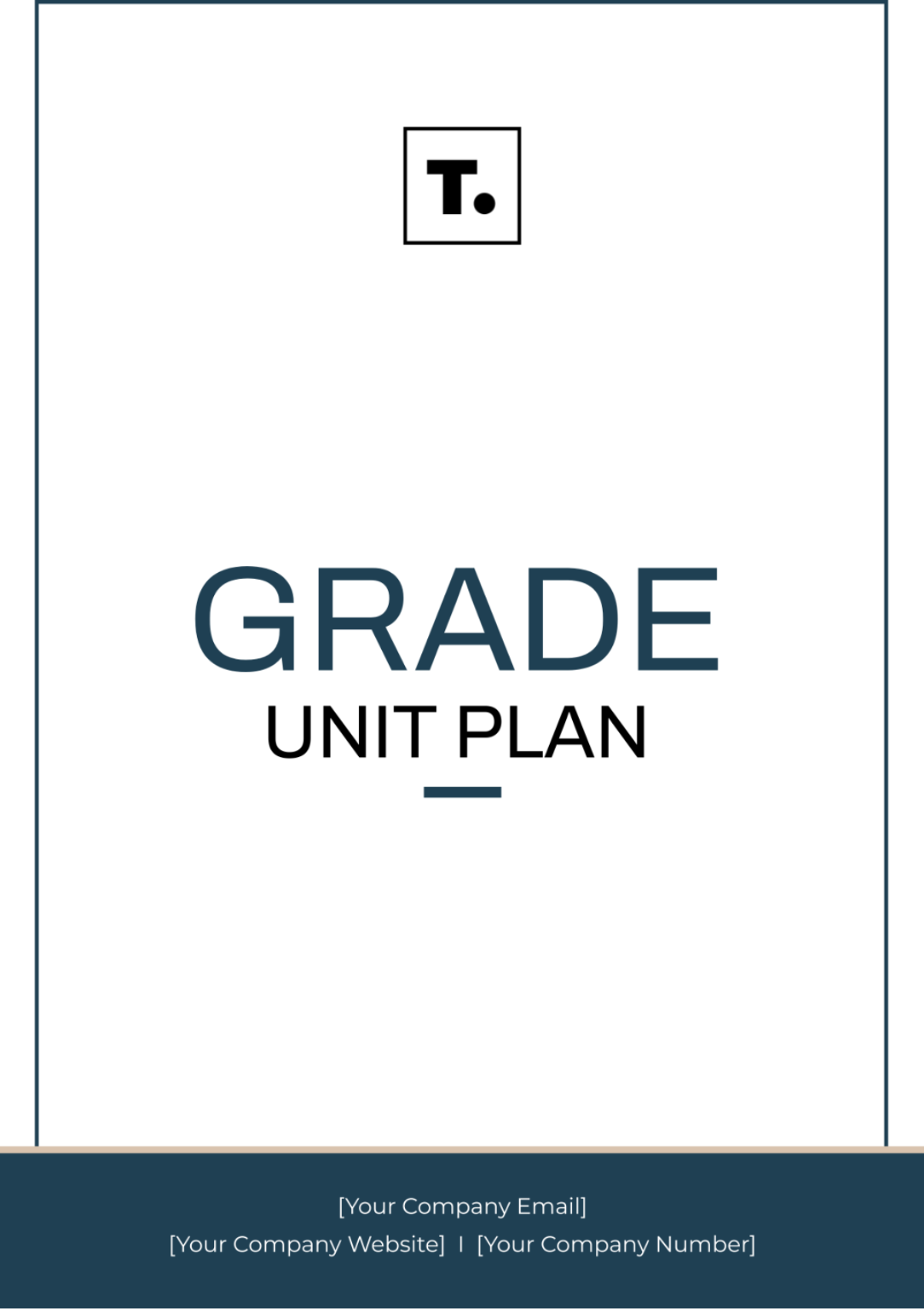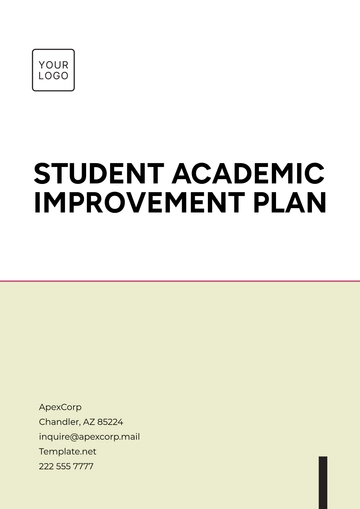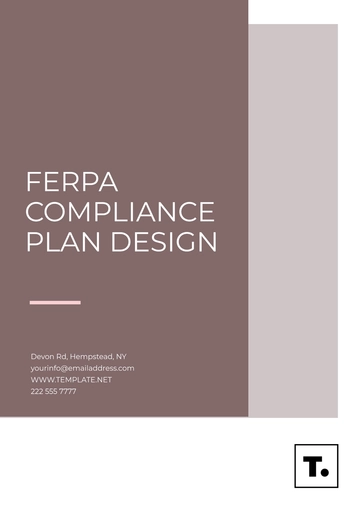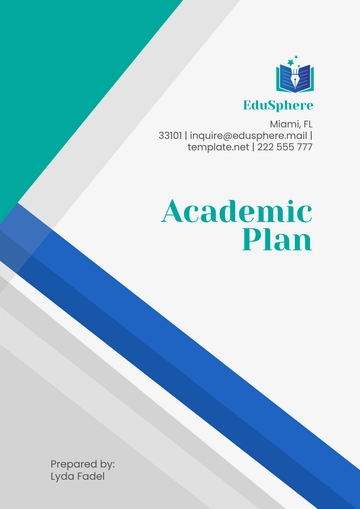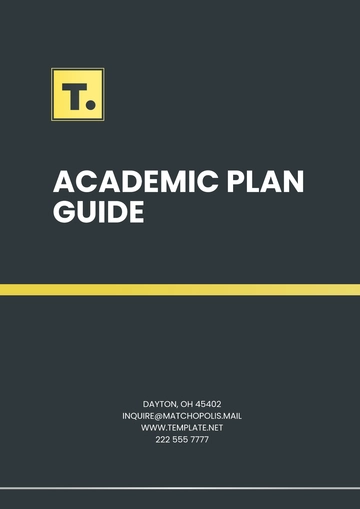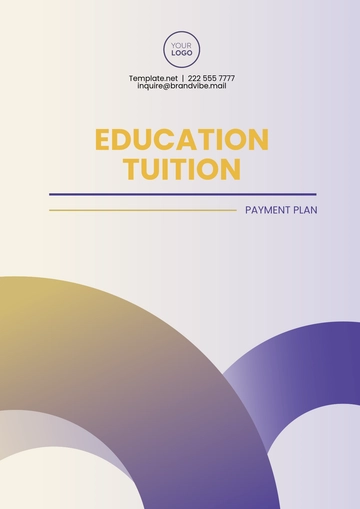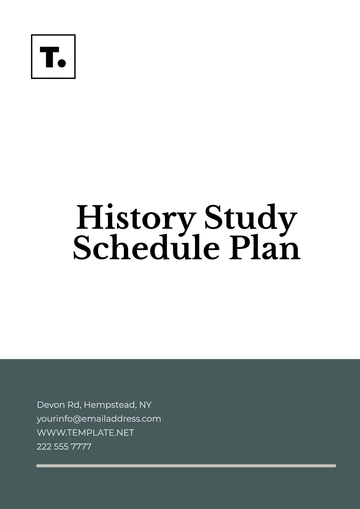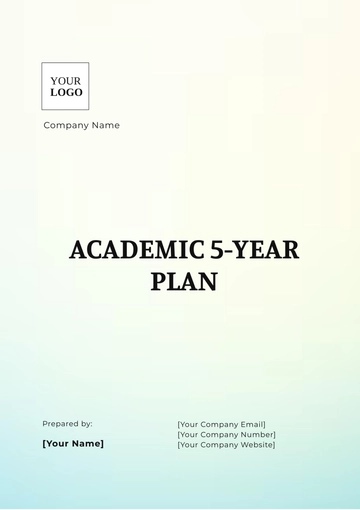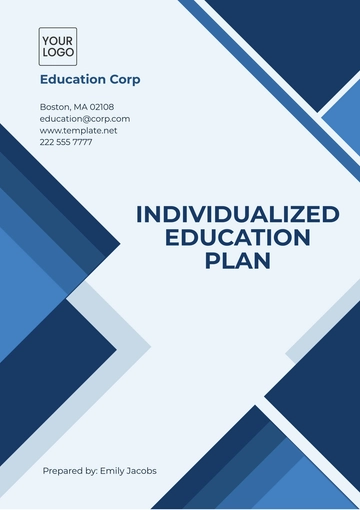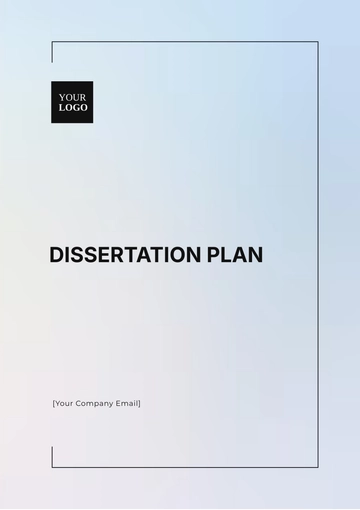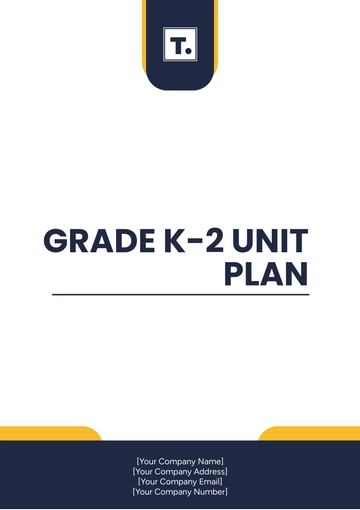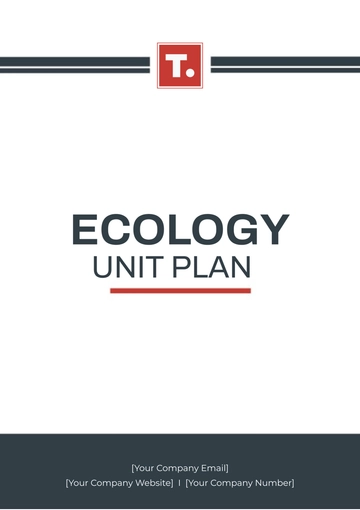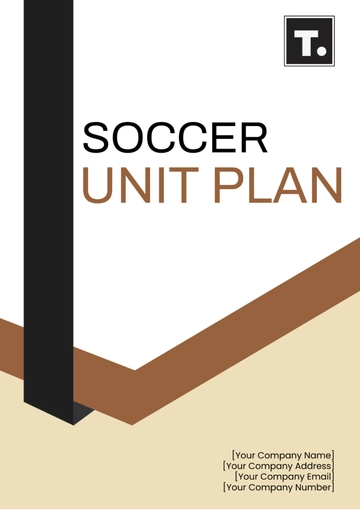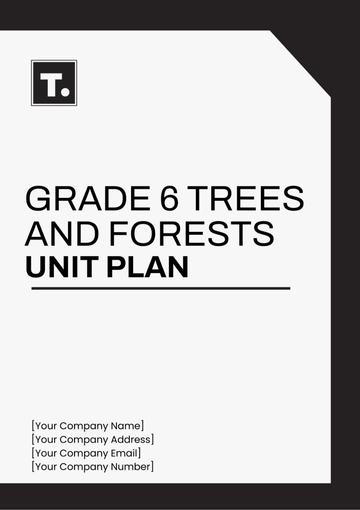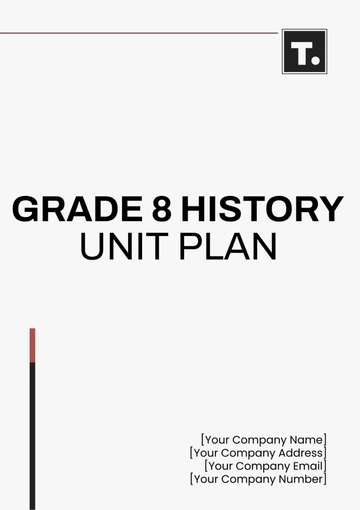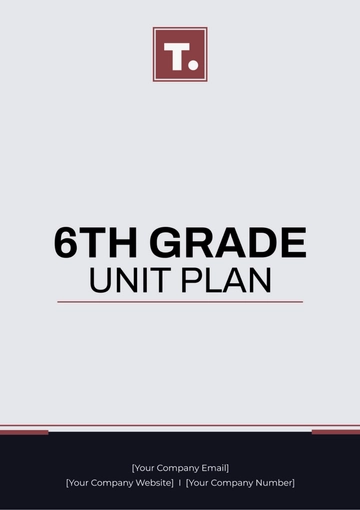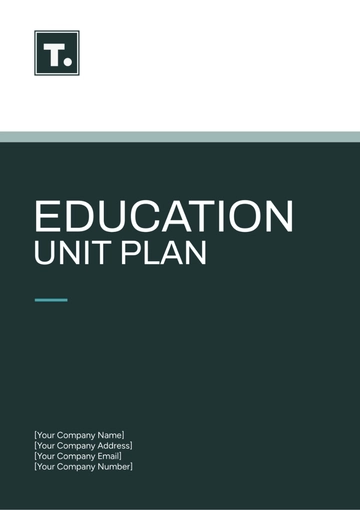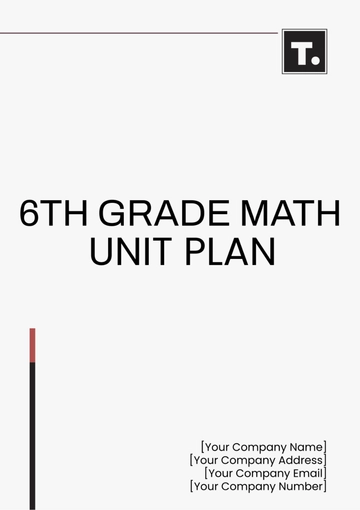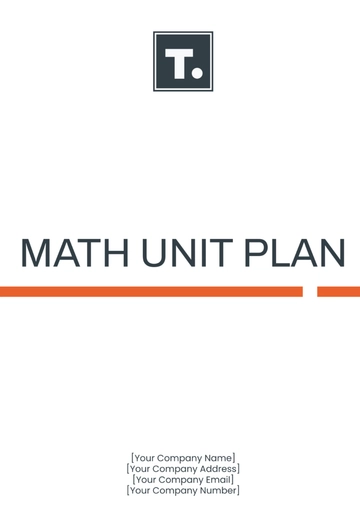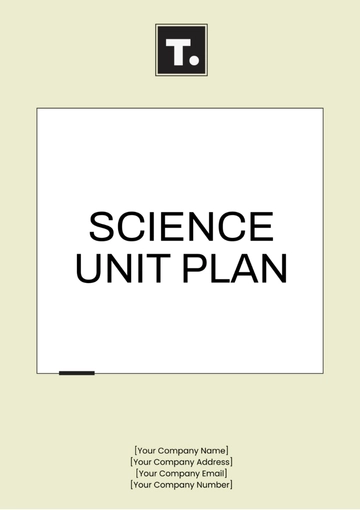GRADE UNIT PLAN
5th Grade Science Unit Plan: Ecosystems
Unit Title: Exploring Ecosystems
Grade Level: 5th Grade
Unit Duration: 4 Weeks
Prepared by: [Your Name]
I. Unit Overview
This unit is designed to help students understand the components and functions of ecosystems. Through various activities and assessments, students will explore the relationships between organisms and their environments, the flow of energy through ecosystems, and the impact of human activities on natural habitats.
II. Learning Objectives
By the end of this unit, students will be able to:
Define and describe different types of ecosystems.
Explain the roles of producers, consumers, and decomposers in an ecosystem.
Illustrate the flow of energy through a food web.
Identify the impacts of human activities on ecosystems and suggest ways to mitigate negative effects.
III. Standards Alignment
NGSS 5-PS3-1: Use models to describe that energy in animals’ food was once energy from the sun.
NGSS 5-LS2-1: Develop a model to describe the movement of matter among plants, animals, decomposers, and the environment.
CCSS.ELA-LITERACY.RI.5.7: Draw on information from multiple print or digital sources, demonstrating the ability to locate an answer to a question quickly or to solve a problem efficiently.
IV. Essential Questions
What are the different components of an ecosystem?
How do organisms interact within an ecosystem?
What are food chains and food webs, and why are they important?
How do human activities affect ecosystems?
V. Lesson Plans
Week 1: Introduction to Ecosystems
Week 2: Producers, Consumers, and Decomposers
Objective: Students will describe the roles of producers, consumers, and decomposers.
Activities:
Interactive lecture on food chains
Hands-on activity: Build a classroom food web
Research project on local decomposers
Assessment: Group presentations on food webs
Week 3: Energy Flow in Ecosystems
Week 4: Human Impact on Ecosystems
VI. Assessment Methods
6.1 Quizzes
Format: Multiple-choice and short answer questions related to weekly lessons.
Frequency: Weekly quizzes at the end of each week's lessons.
Purpose: Check understanding of key concepts and vocabulary learned during the week.
6.2 Group Presentations
Format: Short oral presentations with visual aids like drawings or simple charts.
Topics: Assigned based on unit content, such as presenting about a specific ecosystem or a food chain.
Purpose: Evaluate communication skills and encourage teamwork.
6.3 Written Assessments
Types: Short essays or fill-in-the-blank questions.
Topics: Cover basic aspects of ecosystem concepts, like explaining the roles of producers and consumers.
Purpose: Measure comprehension and basic critical thinking.
6.4 Final Project
Format: Individual or small group project.
Options: Create a poster or diorama of an ecosystem, with labels and descriptions.
Criteria: Includes research, creativity, and presentation components suitable for their age.
Purpose: Apply knowledge learned in a creative way and showcase understanding.
6.5 Rubrics
Used for: Assessing group presentations and final projects.
Criteria: Clear rubrics with simplified criteria like clarity, creativity, and following instructions.
Scoring: Clear rubrics provided to students in advance for transparency and expectations.
VII. Resources and Materials
Textbook: "Exploring Science: Ecosystems"
Videos: "The Energy Pyramid," "The Amazon Rainforest"
Posters and art supplies for group activities
Computers for research projects
VIII. Differentiation Strategies
Provide additional resources and support for students who need extra help.
Offer advanced reading materials and project options for gifted students.
Use visual aids and hands-on activities to support diverse learning styles.
IX. Timeline
Week | Topic |
|---|
Week 1 | Introduction to Ecosystems |
Week 2 | Producers, Consumers, and Decomposers |
Week 3 | Energy Flow in Ecosystems |
Week 4 | Human Impact on Ecosystems |
Plan Templates @ Template.net
